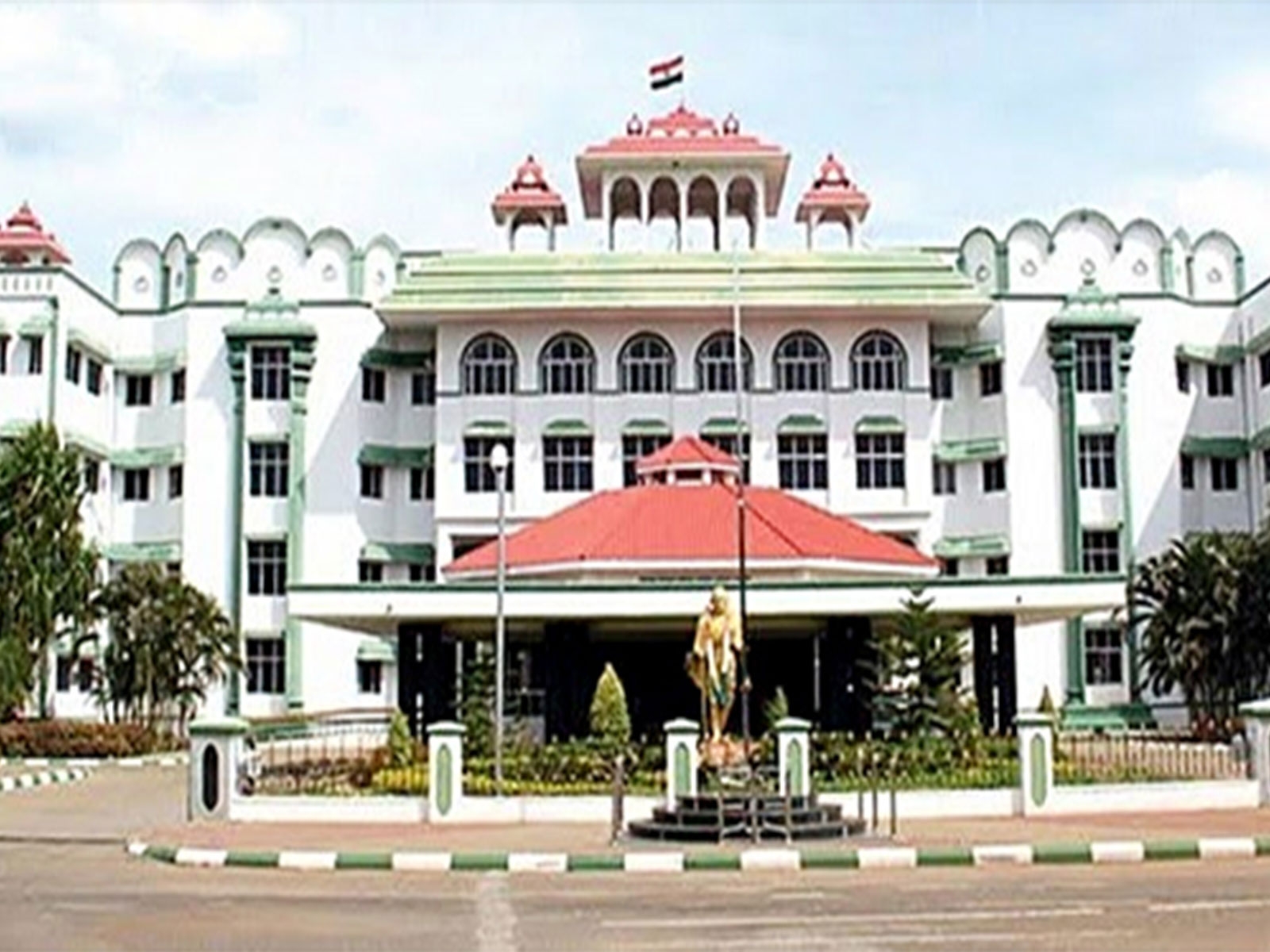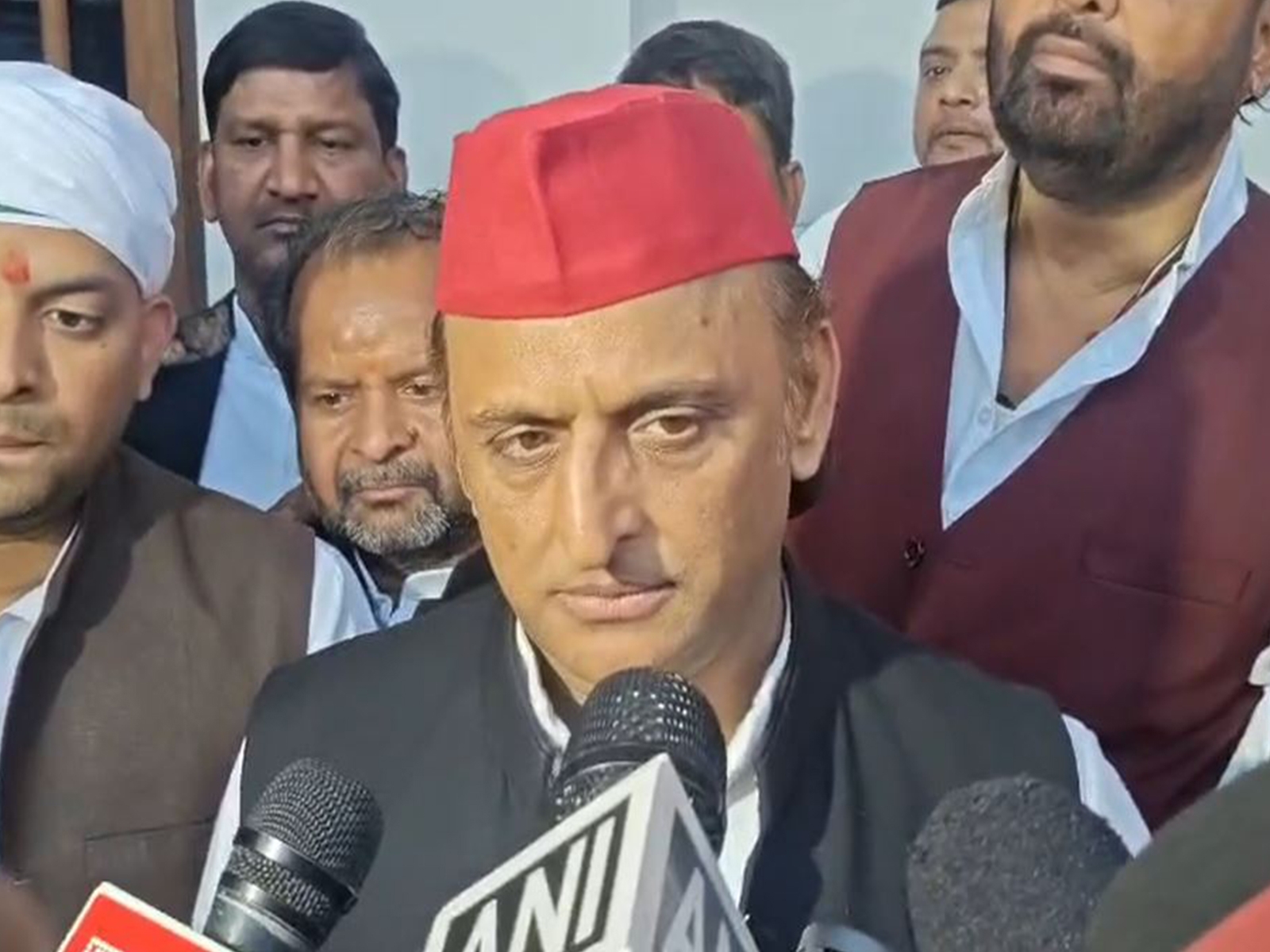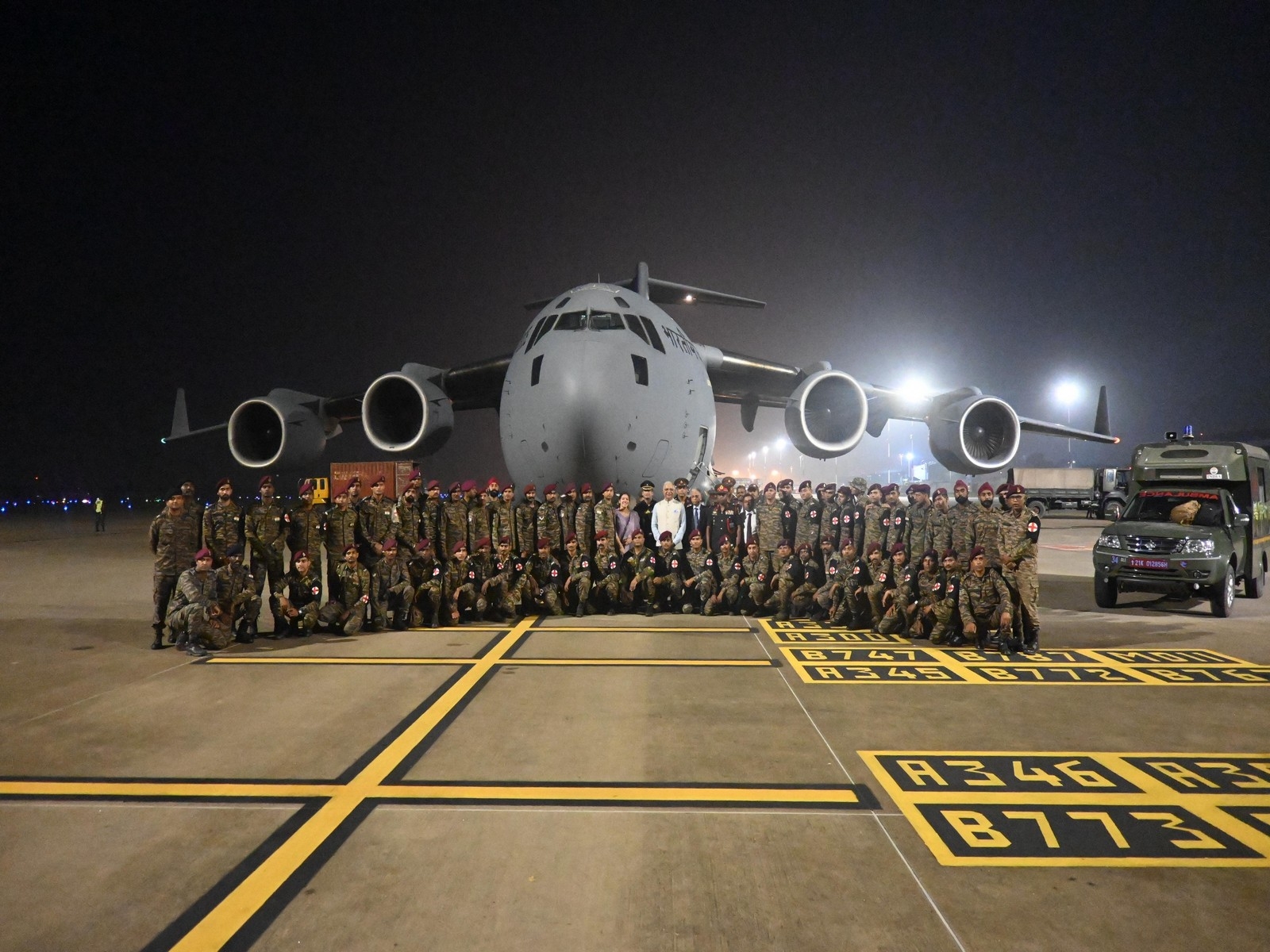
Just a couple of days ago, Indian Space Reasearch Organisation (ISRO), successfully launched its heaviest mission ever, carrying British satellites. The total weight of the satellites was 1,440 kilograms.
The Mars Orbiter Mission or Mangalyaan was ISRO's first inter-planetary mission which was successful in the first attempt. The mission was launched on 5 November 2013 at a cost of Rs 450 crore. This was less than the total cost of Hollywood sci-fi 'Gravity'. This was the cheapest inter-planetary mission ever undertaken by any country.
In 2008, the first ever lunar probe, Chandrayaan-1 was launched. This was a major boost to the Indian space programme, as the technology for the probe was indigenous.
After so many achievements in such a short span of time, ISRO is gearing up to launch many more missions in the coming years. Is putting the man in space ISRO's next frontier? Is sending a mission to another planet on the cards? There are many questions which pop up in mind about ISRO's plans.
To know exactly what ISRO is planning, here is a detailed list of the future missions by our very own space agency:
Chandrayaan 2
This would be India's second mission to the Moon. The probe will include an orbiter and a lander-rover module. The mission is expected to be launched around 2016-17 time frame via India's Geosynchronous Satellite Launch Vehicle (GSLV-MkII). The goal of sending another mission to Moon is to understand its origin and evolution over time.
Aditya (spacecraft)
This is a highly ambitious project by ISRO to the Sun, expected to be launched by the year 2015-16. Aditya-1 will weight around 400 kilograms and will be the first ever project to the Sun by ISRO. The study will be conducted by Solar Coronograph and will be aimed at studying solar Corona in near visible infrared bands.
The mission was planned during 2012 when the solar activity was quite high but was later postponed to 2016-17 due to large-scale work involved in the fabrication and various other technical aspects of the project.
AVATAR
Aerobic Vehicle for Transatmospheric Hypersonic Aerospace Transportation or AVATAR, is a first Indian Astronomy satellite mission. The mission will work on the concept of manned single-stage reusable spacecraft which will be capable of horizontal takeoff and landing. This is a joint mission by Defence Research and Development Organisation (DRDO), ISRO and other research facilities.
The mission focuses on low cost military and commercial space launches and also aims to enhance space tourism.
The tests for the mission will be conducted during 2015 and the first manned AVATAR mission is expected to be launched in 2025.
SAARC satellite
As the name suggests, SAARC satellite is aimed for the SAARC region. It is a communication-cum-meteorology satellite, which was announced by PM Narendra Modi in 2014. The satellite is proposed for launch in the year 2016.








![BJP's Kapil Mishra recreates Shankar Mahadevan’s ‘Breathless’ song to highlight Delhi pollution [WATCH] BJP's Kapil Mishra recreates Shankar Mahadevan’s ‘Breathless’ song to highlight Delhi pollution [WATCH]](https://images.catchnews.com/upload/2022/11/03/kapil-mishra_240884_300x172.png)

![Anupam Kher shares pictures of his toned body on 67th birthday [MUST SEE] Anupam Kher shares pictures of his toned body on 67th birthday [MUST SEE]](https://images.catchnews.com/upload/2022/03/07/Anupam_kher_231145_300x172.jpg)






